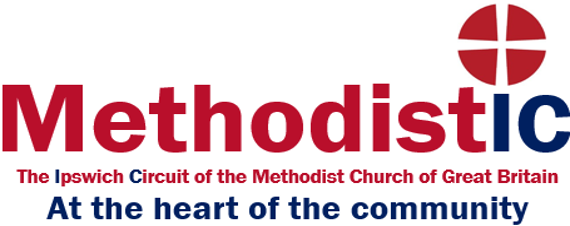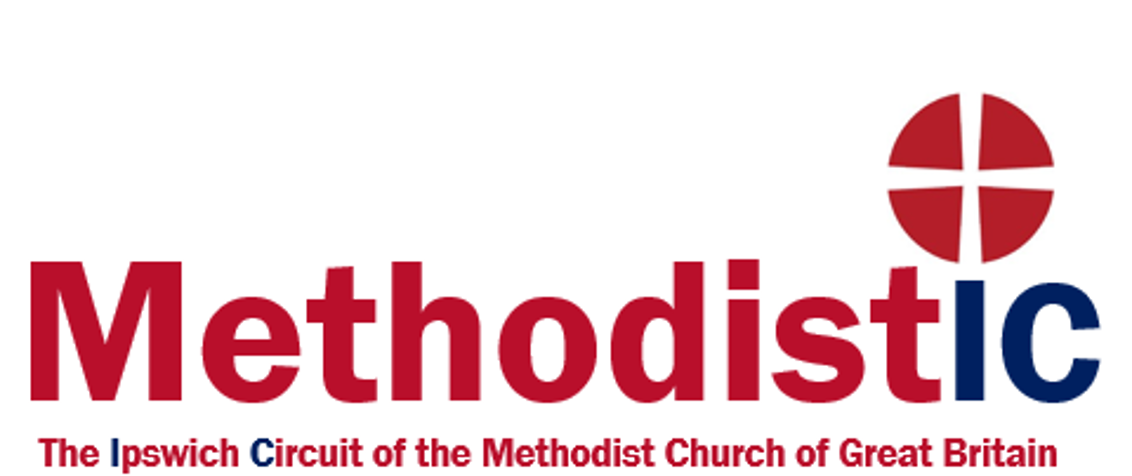As a little lad growing up in a village in West Yorkshire, you could roughly divide religious people into four categories, Church folk, chapel folk, Roman Catholics and “not religious at all” The vast majority of people would class themselves as “CofE” if they had to align themselves with a denomination of any kind when form filling, although they might only attend actual Church worship for the typical “hatches, matches and dispatches” and maybe the occasional carol service or harvest festival. The Sunday Schools were packed with kids in those days predominantly with children who were brought, left, then collected afterwards by parents, when seemed to see this as a sixth day of schooling. I never gave much thought the Catholics because people had to leave the village for worship as we didn’t have a Catholic Church in the village, and their children were educated in Catholic schools, so we never really met them, unless they were neighbours.
We have seen the results of the 2021 Census administered by the Office for National Statistics and for the first time the number of people in England and Wales aligning themselves with the Christian religion has dropped below 50% for the first time, with 27.5 million people claiming to be “Christian” while 37.2% (22.2million) aligned themselves with having no religion. It is perhaps easy to disregard the 6.3 million people of “other faiths in the nation, but they are also changing the face of religion in our country and no longer can we simply say that collectively we are “Christian”
During this season of Advent, we turn once again to the stable in Bethlehem and the Methodist Church nationally have adopted the theme “There is no room” picking up the words spoken to Mary and Joseph, but removing the word “no” making the theme “There IS room” this week we are thinking about difference and are reminded that the visitors to the Christ child in the Christmas story are quite a diverse bunch. Firstly we have the shepherds, working men, maybe with very little education and certainly not the kind of people who would be welcome in the holiest place in the temple, yet they come centre stage in the stable and as far as the story recorded in St Luke’s gospel is concerned are the first witnesses to the incarnation.
St Matthew tells us of the visitors from the east, they are shrouded in mystery and may have been from modern day Iran, or one of the surrounding countries, scholars have assumed that they came from ancient Persia. They were clearly very learned men, and because of that were presumably not Jewish, or they would have known their scripture. Consequently, we can read into St Matthew’s account that they were foreign men with different religious beliefs. So, what does this mean to the modern Church? I believe that rather than simply looking at people who align themselves as being “not religious” or aligning themselves with other religions as being not like us, we should be getting to know them, understand what they believe and why they believe it, not so that we can convert them, but so that we can understand and work collectively for the welfare of the world we live in.


